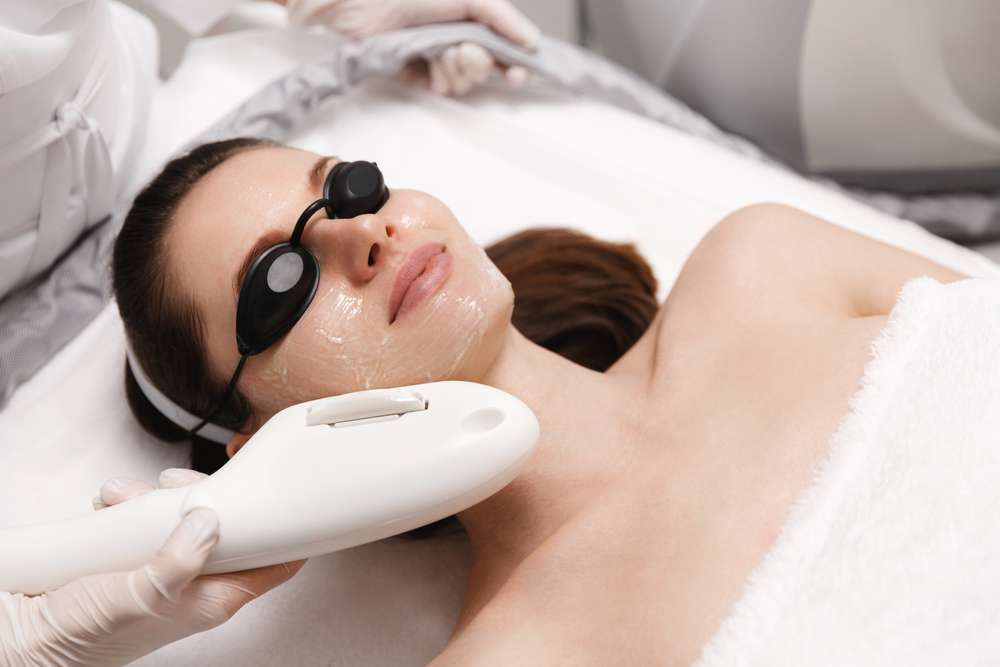Wrinkle Treatment: Practical Options for Healthier-Looking Skin
Wrinkles are a natural part of the skin’s lifecycle, but many people seek treatments to soften lines and refresh their face. Advances in topical therapies, minimally invasive procedures, and professional resurfacing offer a spectrum of choices tailored to different concerns and lifestyles. This article explains common approaches, how they work, safety considerations, and how to set realistic expectations for results.

This article is for informational purposes only and should not be considered medical advice. Please consult a qualified healthcare professional for personalized guidance and treatment.
How do wrinkle treatments help the skin?
Wrinkle treatments aim to restore volume, stimulate collagen, or smooth surface texture so the skin appears healthier and more even. Topical options like retinoids and peptides support cell turnover and collagen production over time. Professional treatments—such as chemical peels or laser resurfacing—remove damaged outer layers and encourage regeneration. The best choice depends on your skin type, the depth of lines, and any underlying conditions. A qualified clinician can assess your skin and recommend a layered plan combining at-home care with in-office procedures.
What options treat wrinkles on the face?
On the face, practitioners commonly use injectables, resurfacing, and lifting techniques. Botulinum toxin injections temporarily relax muscles that cause expression lines. Dermal fillers restore lost volume in cheeks, lips, or deep nasolabial folds. Nonablative and ablative lasers, microneedling, and chemical peels improve texture and fine lines by triggering collagen remodeling. For more extensive laxity, surgical options such as facelifts directly reposition tissues. Each modality has different recovery times, risks, and longevity of results; discuss these with a licensed provider to match treatment to goals.
What causes wrinkles and how can you prevent them?
Wrinkles form from repeated facial movement, thinning collagen and elastin, loss of fat beneath the skin, sun exposure, and lifestyle factors like smoking and poor sleep. Preventive habits that support skin health include daily broad-spectrum sunscreen, consistent moisturization, a balanced diet rich in antioxidants, and avoiding tobacco. Gentle skincare routines that include retinoids or vitamin C serums can maintain skin resilience. Prevention reduces the rate at which lines deepen but does not entirely stop the biological aging process.
How does aging change skin and wrinkles over time?
Aging affects the skin on multiple levels: decreased collagen synthesis, slower cell turnover, diminished fat pads, and reduced elasticity all contribute to deeper folds and sagging. Hormonal shifts—especially during menopause—can accelerate thinning and dryness. Genetic factors and cumulative sun damage influence how and when wrinkles appear. Understanding these mechanisms helps set realistic expectations: topical products may soften fine lines, injectables address movement-related lines and volume loss, while lasers and surgery tackle texture and laxity more dramatically.
How do treatments affect beauty and natural appearance?
Good wrinkle treatment balances improvement with preservation of expression and natural features. Conservative approaches—small filler volumes, targeted Botox dosing, and gradual resurfacing—tend to look more natural than aggressive corrections. A skilled clinician considers facial proportions, skin quality, and the patient’s goals to maintain harmony. Psychological factors matter too; many report improved self-confidence after treatment, but outcomes vary. Discuss desired changes clearly and ask to see before-and-after photos from the provider to evaluate their aesthetic approach.
Conclusion
Wrinkle treatment spans simple at-home strategies to advanced clinical procedures. Choosing the right path requires understanding the causes of wrinkles, realistic outcome expectations, and the trade-offs between downtime and results. Start with a professional skin assessment to prioritize interventions—whether enhancing daily skincare, scheduling minimally invasive treatments at reputable clinics, or exploring surgical options for more pronounced concerns. Careful, personalized planning helps ensure wrinkle treatments support both healthier skin and a natural-looking appearance.





